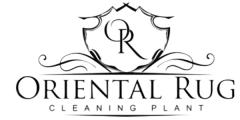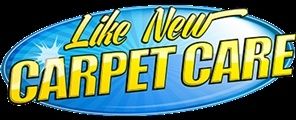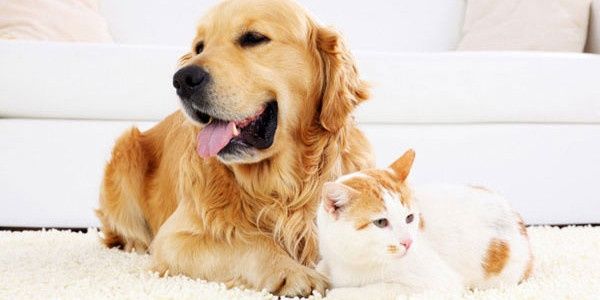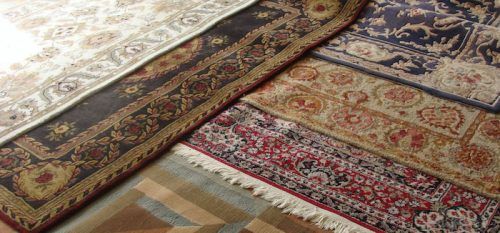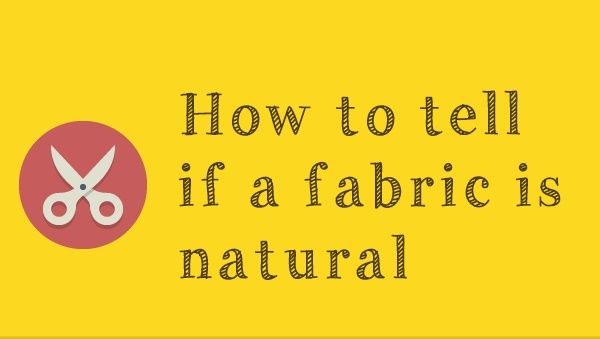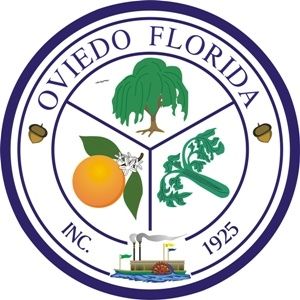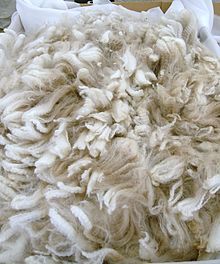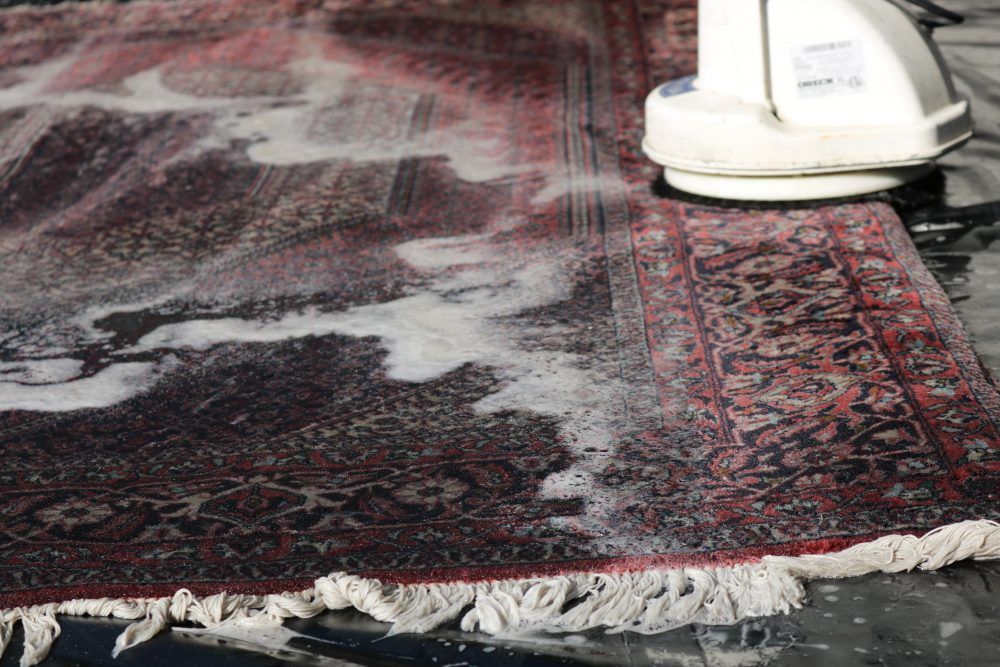We Clean More Than Rugs!
 While our company specializes in full immersion and submersion washing and treatment techniques for natural fiber and synthetic area rugs, we also have a division that handles in home cleaning services. This includes carpet cleaning, tile and grout cleaning, upholstery cleaning and even non natural fiber area rug cleaning. As long as the material is synthetic and not pure white, our technicians can perform a heavy duty, highly effective cleaning service in your home. Our company has been performing in home hot water extraction cleanings for our customers in the Central Florida area for many years. The owner of our company spent well over a decade working in the industry before deciding to go out on his own and start Like New Carpet Care as a small, sole proprietorship company. He started by finding his own customers and performing all cleaning services himself. As his customer base continued to grow, he then decided to begin morphing the smaller sole proprietorship company into a fully functional company, employing technicians and office staff. The foundation of our company began as and will continue to be based on customer satisfaction. Seeing that the industry was mostly based on performing services as quickly as possible in an effort to turn a quick dollar, he decided that he wanted to conduct his business in a different way. It is our company motto to do right by the customer! We have never and will never take part in any form of bait and switch tactics whatsoever. Our technicians will never quickly rush through your cleaning either. Our technicians are trained to be effective, but not to rush. These highly skilled technicians will never leave a service until they are absolutely sure they have achieved the best results possible. We charge a fair rate and focus on providing the best service possible, this combination separates us from the competition in a great way!
While our company specializes in full immersion and submersion washing and treatment techniques for natural fiber and synthetic area rugs, we also have a division that handles in home cleaning services. This includes carpet cleaning, tile and grout cleaning, upholstery cleaning and even non natural fiber area rug cleaning. As long as the material is synthetic and not pure white, our technicians can perform a heavy duty, highly effective cleaning service in your home. Our company has been performing in home hot water extraction cleanings for our customers in the Central Florida area for many years. The owner of our company spent well over a decade working in the industry before deciding to go out on his own and start Like New Carpet Care as a small, sole proprietorship company. He started by finding his own customers and performing all cleaning services himself. As his customer base continued to grow, he then decided to begin morphing the smaller sole proprietorship company into a fully functional company, employing technicians and office staff. The foundation of our company began as and will continue to be based on customer satisfaction. Seeing that the industry was mostly based on performing services as quickly as possible in an effort to turn a quick dollar, he decided that he wanted to conduct his business in a different way. It is our company motto to do right by the customer! We have never and will never take part in any form of bait and switch tactics whatsoever. Our technicians will never quickly rush through your cleaning either. Our technicians are trained to be effective, but not to rush. These highly skilled technicians will never leave a service until they are absolutely sure they have achieved the best results possible. We charge a fair rate and focus on providing the best service possible, this combination separates us from the competition in a great way!
All of our in home cleaning services are Hot Water Extraction cleaning services, using Truck Mounted Units. This process is commonly referred to as a Steam Cleaning. While the steam is simply a byproduct of the highly heated, highly pressurized water, it is a visual staple of this particular type of cleaning process and that’s where the nickname comes from. This particular cleaning process is widely regarded across the industry as the most effective carpet cleaning service out there. It is also as safe as it is an effective method of carpet cleaning. While most companies (our own included) will typically apply a pre-spray solution to the carpet prior to beginning the actual cleaning process, it is still known as the safest and most effective carpet cleaning method. We use an enzyme based pre spray with a deodorizer mixed in. This pre spray is applied to the carpet and left to dwell for around 15 minutes or so before the cleaning process begins. It will help to kill any germs or bacteria living in the carpet, while also loosening the fibers which allows them to open more easily, helping the cleaning to be as thorough as possible. Once the actual cleaning process begins, the truck mounted unit takes over.
 There are two different main types of machines used for any hot water extraction cleaning services that are performed. Those units are truck mounted units and portable units. The names of these two units are quite descriptive as to what they actually are. The truck mounted units are larger machines that are permanently mounted into service vehicles. These large machines are the industry standard when it comes to performing the most effective, thorough cleaning service. They are quite expensive, require regular maintenance and also have many tool attachments that can perform a variety of particular cleaning services. A truck mounted unit takes the water it is fed and heats it up to near boiling temperatures. It then pumps this highly heated water out through a specially designed cleaning hose at very high pressures. Believe it or not, the highly heated, highly pressurized water does most of the work. That is one of the reasons this service is much more preferred than other cleaning services. It does not actually require harsh chemicals to be dumped onto your carpet.
There are two different main types of machines used for any hot water extraction cleaning services that are performed. Those units are truck mounted units and portable units. The names of these two units are quite descriptive as to what they actually are. The truck mounted units are larger machines that are permanently mounted into service vehicles. These large machines are the industry standard when it comes to performing the most effective, thorough cleaning service. They are quite expensive, require regular maintenance and also have many tool attachments that can perform a variety of particular cleaning services. A truck mounted unit takes the water it is fed and heats it up to near boiling temperatures. It then pumps this highly heated water out through a specially designed cleaning hose at very high pressures. Believe it or not, the highly heated, highly pressurized water does most of the work. That is one of the reasons this service is much more preferred than other cleaning services. It does not actually require harsh chemicals to be dumped onto your carpet.
This hot water extraction method is used along with our truck mounted units to perform all of our in home cleaning services. Our most commonly know in home service would be our carpet cleaning service. Most in home carpet is standard synthetic carpet that is typically made of nylon, polypropylene or polyester. These synthetic materials are used to help make the carpet durable enough to last you many years. Most carpet, if well maintained, can give you a good 10 years or so of comfortable and attractive flooring. Part of making your synthetic carpet last its full life, would be regular maintenance. The first, simplest and seemingly obvious form of maintenance would be regular vacuuming routines. Depending on usage, you would want to vacuum your in home synthetic carpeting anywhere from once a week, to every other day. This will help to remove any newly added surface contaminants such as dirt, dust, hair or sand. If left alone for extended periods of time, these loose and seemingly insignificant pieces of debris can actually begin to compound deep into the base of the fibers of your carpet. This creates staining, matting and hard flat spots across your carpet. A simple, regular vacuuming can remove most of this floor debris and help to prevent permanent damage that can reduce the life of your carpet. On top of your standard weekly maintenance, it is also recommended to have a professional carpet cleaning service performed at least annually. Certain guidelines put forth by the EPA can have you set in a recommended schedule of every six months, or even every quarter of the year. We typically recommend annual professional cleanings, as the more frequent cleanings are recommended for more extreme circumstances. Highly trafficked offices, homes with many in door pets or homes with many members who create a lot of traffic or messes would all fit into categories of more frequent cleanings. Most standard single family homes are good to go with weekly vacuumings and annual professional cleanings. Our hot water extraction method is a highly effective and safe treatment for your carpet. We do use a synthetic carpet specific prespray that contains a deodorizer, as well as bacteria killing enzymes.
When a technician performs this in home carpet cleaning service, the first step of the cleaning process is to liberally apply that specific and safe carpet prespray across the surface of the carpet. It only needs to dwell long enough to let gravity pull it down the the very base of the synthetic carpet fibers. The prespray will help to condition the carpet fibers which will cause them to open up a bit more, making it easier to remove as much deep seeded debris as possible. The enzymes and mixed in deodorizer help to kill any germs or odor causing bacteria. Once the carpet prespray has sat in long enough and did its job, it is time to begin the actual hot water extraction cleaning process. This is carried out by hooking a special carpet cleaning tool which is called a wand, directly up to the truck mounted unit that is mounted in our service vehicles. These truck mounted units will provide water that is heated to near boiling temperatures, pressurized at high rates, straight out to small, special jets at the base of the carpet wand. This highly heated and highly pressurized water is incredibly effective at blasting deep down to the base of the carpet, loosening any stuck debris and bringing it to the surface where it can be safely removed by the attached vacuum pump. This highly heated water is an extra step in our aim to remove germs and bacteria. The dirty, contaminated water is sucked up just as quickly as it is sprayed out. This is thanks to a high powered vacuum pump that is part of the truck mounted unit located in each of our service vehicles. The strong vacuum sucks all the dirty water out of your carpet and stores it in a dirty tank that is also mounted within each service vehicle. This dirty water can later be properly disposed of.
 On top of carpet cleaning, our in home service technicians can perform other services such as tile and grout cleaning, upholstery cleaning and synthetic area rug cleaning. All of these services are carried out in a very similar manner. Based on the individual circumstance, what we are cleaning and what the materials are, the technician will use a specific prespray for the precleaning application. We have individually specific presprays for tile and grout, for upholstery and for synthetic area rugs. There are also separate, special tools that are attached to the truck mounted unit that are used for the variety of in home cleaning services. Cleaning tile and grout requires the same high heat and high pressure that your synthetic carpet uses. This helps to provide a deep cleaning down into the grout, as well as across the surface of the tile. For upholstery, the heat is typically the same, but the pressures are dialed down a bit. This is to help avoid over saturation. Most upholstery has layers of padding that if they become too wet, can take a long time to dry or can even have reappearing water spots. For in home synthetic area rugs, it is almost identical to the carpet cleaning process. This is only typically recommended for smaller, often used synthetic carpets. This cannot be done on natural fiber rugs or rugs with urine. Our in facility area rug cleaning is the safest and most effective route to take when cleaning any area rugs, no matter the make.
On top of carpet cleaning, our in home service technicians can perform other services such as tile and grout cleaning, upholstery cleaning and synthetic area rug cleaning. All of these services are carried out in a very similar manner. Based on the individual circumstance, what we are cleaning and what the materials are, the technician will use a specific prespray for the precleaning application. We have individually specific presprays for tile and grout, for upholstery and for synthetic area rugs. There are also separate, special tools that are attached to the truck mounted unit that are used for the variety of in home cleaning services. Cleaning tile and grout requires the same high heat and high pressure that your synthetic carpet uses. This helps to provide a deep cleaning down into the grout, as well as across the surface of the tile. For upholstery, the heat is typically the same, but the pressures are dialed down a bit. This is to help avoid over saturation. Most upholstery has layers of padding that if they become too wet, can take a long time to dry or can even have reappearing water spots. For in home synthetic area rugs, it is almost identical to the carpet cleaning process. This is only typically recommended for smaller, often used synthetic carpets. This cannot be done on natural fiber rugs or rugs with urine. Our in facility area rug cleaning is the safest and most effective route to take when cleaning any area rugs, no matter the make.
Feel free to contact us with any questions you may have!
